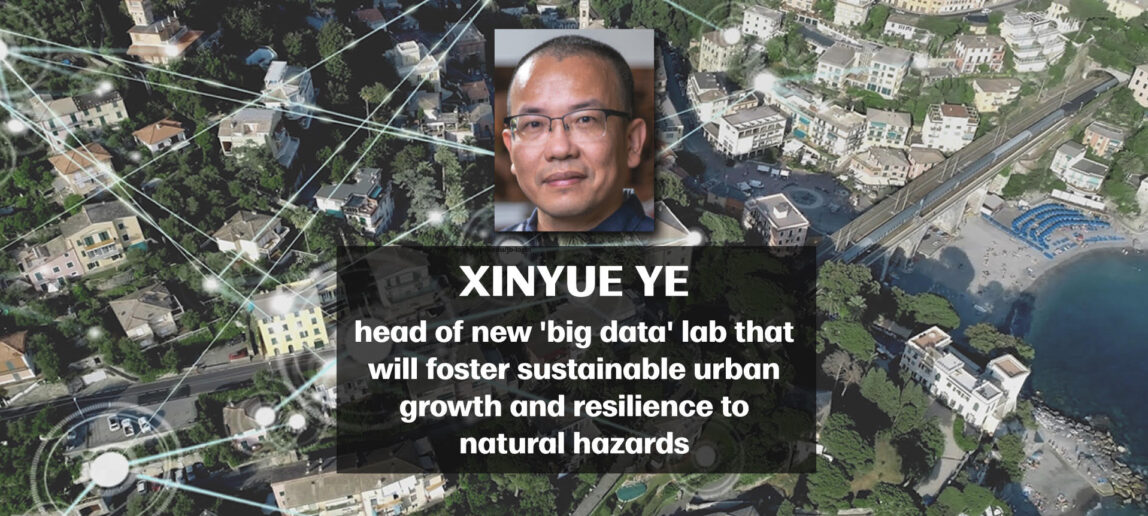Urban planning professor heads new, digital lab to test growth and natural hazard scenarios
An era of “big data” related to urban infrastructure is well underway. Scholars in a new lab at Texas A&M are creating digital “twins” — models of cities and regions — to test existing and future scenarios for urban planning methods that foster efficient urban growth and resilience to hurricanes, flooding and other natural hazards.
In the Texas A&M Institute of Data Science Design & Analytics Lab for Urban Artificial Intelligence, led by Xinyue Ye, the Adams Endowed Associate Professor of Urban Planning, scholars will also develop and support public, open-source software that can be used by urban planners to increase communities’ infrastructure efficiency and resilience to natural hazards.
Ye is one of the scholars at the forefront of establishing digital twins of cities and regions and exploring how the concept can be translated into widespread reality.
The lab includes Galen Newman, head of the Department of Landscape Architecture and Urban Planning, faculty from the Texas A&M Engineering Experiment Station, the Texas A&M Transportation Institute, the College of Engineering, the College of Arts and Sciences, and Texas A&M at Galveston’s Department of Marine and Coastal Environmental Science.


